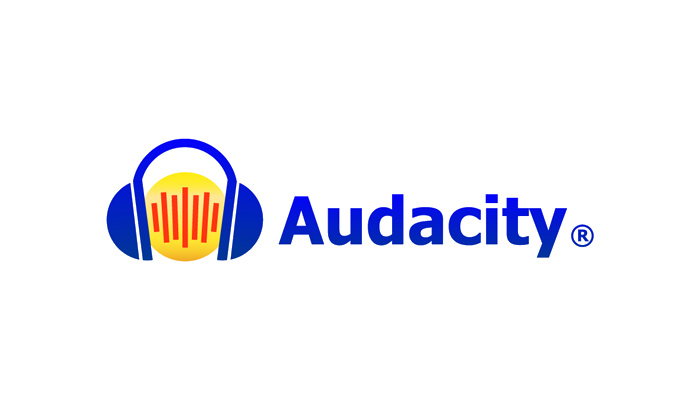
Background noise while recording is a common problem everyone has to deal with at some point. iPhones don’t have the best microphones, so most people who want to do an audio recording of value turn to an external microphone.
Unfortunately, not everyone takes their audio recording that seriously, especially non-professionals. However, I can guarantee that if you are recording a podcast on iPhone or just video recording in a noisy place, you will end up with unwanted background noise from wind, background music, white noise, electrical hum, people talking, or a ceiling fan.
iPhones Offer High-Quality Video with Low-Quality Audio
One way to avoid these background noises is by shooting or recording in a professional studio with a dedicated audio recorder. But usually, people who have access to professional studios don’t shoot or record with an iPhone. iPhone cameras are great and even rival professional cameras, but their sound quality is usually very lacking for video recording.
Many users who use their phones for footage find it annoying to have super high-quality video clips, only to hear rumbles and random background noise. So naturally, many of them wonder how to get rid of background noise as cleanly as possible.
Everyone knows a well-rendered video on an iPhone is going to have disappointing sound due to unwanted background noises. What they don’t know is that you can remove unwanted background noise from video without new equipment or complex video editing software.
If you have a video on your iPhone that you can’t use because of the background noise, or you just want to reduce the noise in your future iPhone recordings without buying an audio recorder, then this article is for you.
How to Remove Unwanted Background Noise from iPhone Video

There are many ways to remove background noise from an iPhone video to achieve better audio quality, but they can be broadly described in two ways:
- Using the inbuilt provisions of the iPhone
- Installing a third-party audio editing app.
How to Reduce Background Noise in iMovie App
If you recorded your footage with the iMovie app, the noise reduction process is just as straightforward. The iMovie app has a few built-in audio filters, including a noise removal tool with an user friendly interface.
-
How to Use iMovie's Noise Reduction Tool:
- Go to the Effects tab of the iMovie app and select Audio Filters.
- Click on the Noise Reduction tool and drag the slider to the right to reduce background noise.
- There’s also an equalizer which, if you know what you’re doing, can reduce background noise.
-
Try to Capture More than One Video Clip and Edit them Together
Alternatively, you can try listening to your audio track using headphones (preferably noise cancellation headphones), as they can help block out some background noise from video. A particularly useful way is to capture your video clips with your iPhone and the audio with an audio recorder and then splice them together when you're audio editing.
-
Adjust the Volume
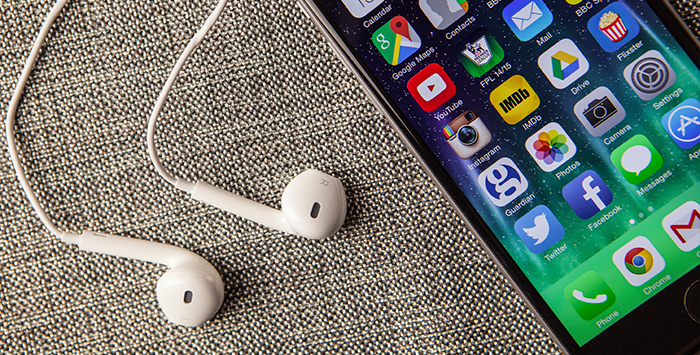
You can also try turning down the track volume. The overall audio quality is generally worse when listened to at maximum volume. Also turning your video up too loud can introduce some white noise.
How to Remove Noise Using iPhone Apps
The native ways to remove background noise are useful to an extent, but if you want to remove background noise to a meaningful level, you'll need to get a third-party app.
Luckily, there are a lot of these third-party apps. Many of them come in a package like normal audio editing tools, but some are really just specialized noise removal apps. These apps can all be found on the app store, so all you have to do is download and install your best app, edit the audio track or video clip, and then upload to your gallery or direct to whatever platform you want it.
We'll cover here a few of these apps, after which you can get rid of all the troublesome noise in your work and improve audio quality.
-
Filmic Pro
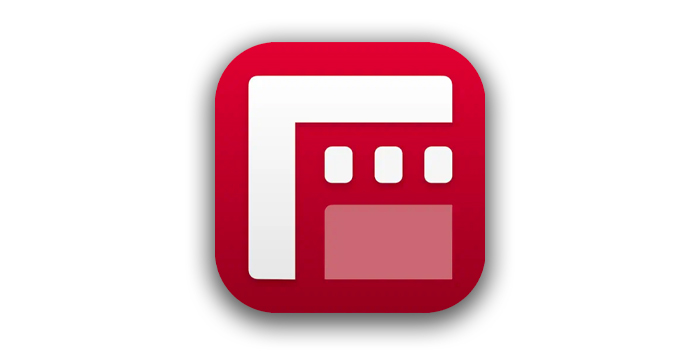
Filmic Pro is one of the most popular third-party apps for noise removal. Filmic Pro is a mobile app designed to take you as close as possible to professional movie making. Filmic is an all-around video editing app with a neat interface and many editing features that would be loved by any video producer familiar with Adobe Premiere. However, the focus here is on its audio output.
Filmic lets you decide which of your iPhone's mics you intend to use and how you want to use it. You can adjust settings to use an external mic. The app also offers a host of features that we are interested in, including automatic gain adjustment and smooth voice processing. Automatic gain control lets you avoid things like clips and distortion that can cause unwanted noise, while the voice processing feature highlights the important parts of the audio track and relegates noise to the background.
Filmic Pro is more popular for its other visual features, but the most powerful of them require an in-app purchase. The sound editing features, however, do not. So you can be assured you’ll get the help you need for your audio with the free version.
-
InVideo (Filmr)

InVideo (also known as Filmr) is a quick and easy-to-use video editor app you can use to remove background noise and edit videos on your iPhone or iPad. It has a simple and straightforward interface that makes it easy to make edits on film for free. You can trim, adjust video speed, and most importantly, you can have full control of your audio.
It is mostly an all round app but can serve as a video noise reduction software because of its specialized audio features. You can adjust settings for noise removal to improve your work with this video editor without worrying too much about a drop in quality. You can also save directly to your camera roll or publish your video online without an annoying watermark.
-
ByeNoise
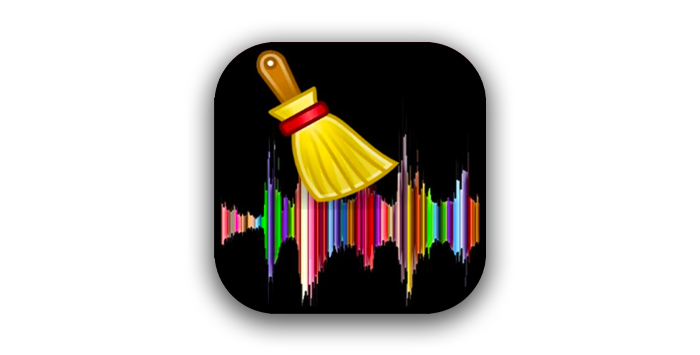
ByeNoise is exactly what it sounds like. It is a smart noise reduction tool that cleans unwanted noise from videos and highlights the important parts for better clarity and an immersive experience.
ByeNoise's noise reduction work on sources like wind and electrical hums. It is really easy to use and requires no prior knowledge of audio or signal processing for eliminating background noise. Anyone can use their default settings. ByeNoise uses AI algorithms to detect background noise in audio files, which are then filtered through their noise removal and processed, resulting in a cleaner sound.
All you have to do is load your video footage and choose the amount of noise removal you want to be done. ByeNoise supports most video file formats so you don’t have to worry about incompatibility when reducing background noise.
-
Noise Reducer
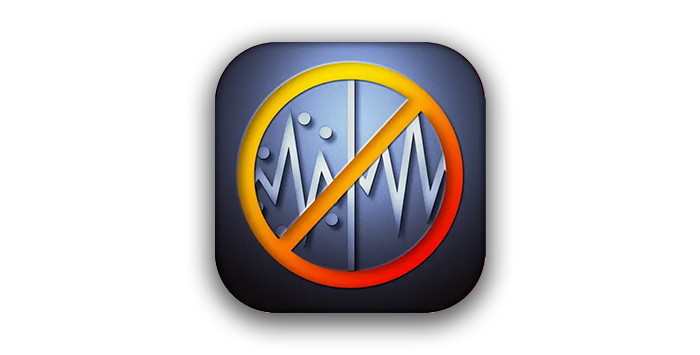
The naming for this app is a little bit on the nose, but it does exactly what it claims to do. It reduces background noise from audio recordings and saves them in friendly formats for easy use. This app is specifically designed to automatically remove noise from audio and allows you to import audio directly from your cloud or music library. Even with default settings, it incorporates some of the best deep learning networks to reduce background noise.
It also features a personal sound recorder inside alongside its main noise removal feature. If you’re trying to record a podcast or create an audiobook or maybe just music, or you're just trying to remove background noise in any recording, Noise Reducer is perfect for you.
-
Auphonic Edit
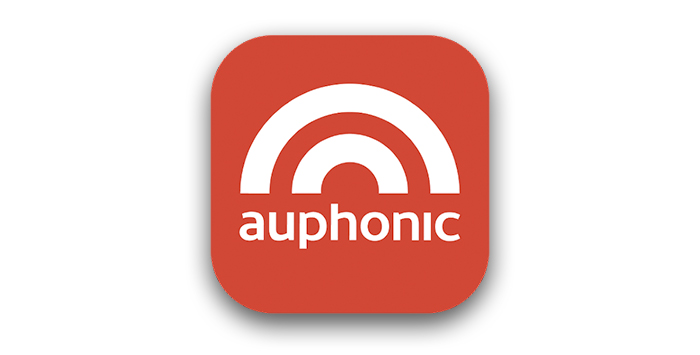
Auphonic Edit lets you record sound independent of iOS pre-processing and saves your sound in a PCM or AAC format, where it is updated intermittently to avoid data loss in case of an interruption.
Auphonic Edit is a specialized audio app that works seamlessly with the integrated Auphonic web service. Here you can edit and publish your audio files including podcasts, music, interviews, and any other type you can imagine. Auphonic also lets you record in stereo/mono, 16bit/24bit, and at many changeable sample rates.
This app gives you full control of your audio, so you can monitor your sound and control your input at will. Of particular importance is its background noise reduction feature which can be applied before or after recording and can really remove background noise from video.
-
Lexis Audio Editor
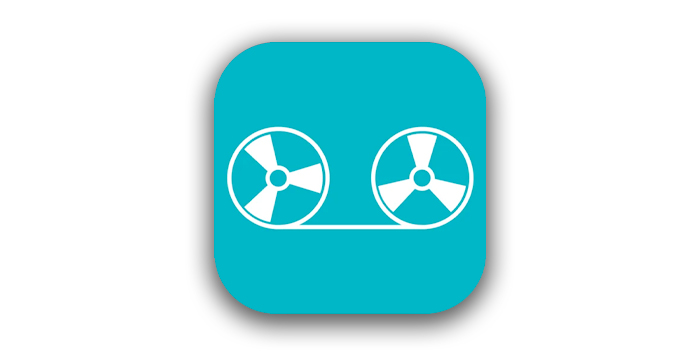
With Lexis Audio editor, you can create new audio records, edit existing ones to your specifications, and save in your preferred format. It features its own audio recorder and player with which you can cut and paste the parts of your audio for editing and noise removal. It lets you insert sequences of silence into your audio file which can simulate the effect of background noise cancellation. It also has specialized normalization and background noise reduction effects.
-
Filmora

Filmora is a lightweight video editing software from Wondershare with 4k editing support and a wide range of editing effects for background noise that gets wider with every update. It is a great choice for novices as well as long-term video editors because Filmora offers many tutorials and has a shorter learning curve than other advanced software.
The app is available for a monthly or annual subscription. There’s a free version, however, but it leaves a conspicuous watermark which can be ugly if you’re posting your video online.
Filmora is a lightweight app, so it can get laggy when you put too much strain on it and try to edit several video tracks at the same time. Filmora doesn’t offer Multicam support or anything particular novel, but it can remove background noise from video footage as well as it's competitor apps.
Conclusion

Wind noise, rumbles, unwanted background music, and other sources of background noise must be dealt with if you want to record on a meaningful level. The background noise challenge is greater when you’re recording with a device with a weak microphone like an iPhone.
To tackle background noise before you post your video online, it’s best to prevent it in the first place by adequately preparing your room for audio recording. However, most of that is beyond our control, and most times we’re stuck trying to reduce background noise that’s already there in our video file. The guide above discusses a few easy ways and a few useful apps that can get it done.

